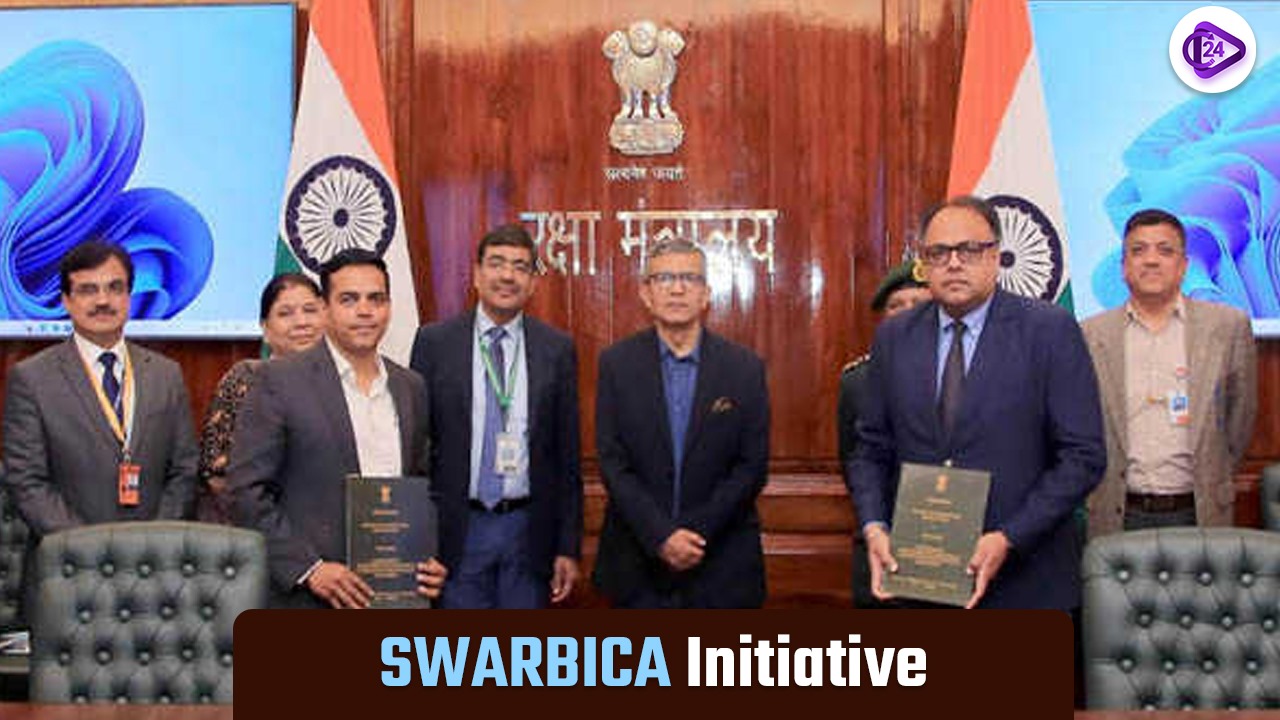
Indian officials started a digitization program to protect historic ancestry records (pothis) which genealogy priests used to maintain at religious centers. Through the National Archives of India (NAI) leadership the initiative works to preserve cultural heritage alongside traditional knowledge.
The records of pilgrim visits at Kashi Vishwanath Temple will soon become available through digital access to those who visit the sacred site. The project launches its operations in Ujjain as a first step before expanding to 25+ sacred locations which include Gaya, Prayagraj and several other sites including Badrinath, Kedarnath, Jagannath Puri, and Dwarka.
The two-year agenda for NAI digitalization involves processing 300 million pages which will substantially expand its online Abhilekh Patal portal that now offers 84 million pages after starting with 10 million. Multiple historical records which have spent 50-60 years untouched need immediate protective conservation measures.
Government’s Initiative for Digitisation
-
The government of India has developed a distinctive approach to digitize the multi-generational family records referred to as ‘pothis’.
-
Historical records are normally preserved by genealogical priests across different pilgrimage locations.
-
The project receives its direction from the National Archives of India (NAI) for safeguarding cultural heritage alongside traditional knowledge.
Ease of Access for Pilgrims
-
Religious pilgrims accessing temples such as Kashi Vishwanath Temple in Varanasi will shortly gain access to ancestor visit records through digital archives.
-
Customers can reach their ancestral information through simple finger movements or by using a computer mouse.
Role of the National Archives of India (NAI)
-
Arun Singhal from the NAI served as the Director General to present this initiative during the SWARBICA (South and West Asian Regional Branch of the International Council on Archives) conference.
-
The proposed program will start its digital record project in Ujjain, Madhya Pradesh by obtaining support from local priests.
Digitisation of Historical Documents
-
The NAI plans to digitize three hundred million pages throughout a two-year timespan.
-
Over 7-8 months the online portal Abhilekh Patal grew from 10 million to 84 million pages as its daily scanning reached 400,000 pages.
-
Experts have selected numerous records from a period spanning 50-60 years which now need immediate restoration before conservation efforts.
Preservation of Genealogy Records
-
The 25 pilgrimage centers throughout India maintained genealogy records are located in Gaya, Prayagraj, Badrinath, Kedarnath, Jagannath Puri and Dwarka.
-
Genealogical records within these archives extend historical data to reach ten successive generations of various families.
-
The Kedarnath floods alongside other natural disasters already destroyed multiple valuable records contained in the area.
Challenges and Need for Action
-
Genealogy priests from younger generations are choosing different careers and no longer follow traditional ancestral practices.
-
Proper digitization stands as the only way to prevent valuable records from being trapped in boxes or completely disappearing forever.
-
The government implements preventive measures to ensure valuable historical records do not disappear from existence.
Cultural and Religious Significance
-
Numerous Indians from both the domestic population and those residing abroad make religious pilgrimages to Gaya and Haridwar for ancestral rituals.
-
During Gaya's 'Pitra Paksha Mela' the Gayawal Pandas (tradition claims community members) maintain the ancestral records extending back multiple generations of visitors.
Global Collaboration and Future Prospects
-
Dialog at SWARBICA focused on developing a standard for worldwide collaboration regarding traditional record digitalization.
-
Gajendra Singh Shekhawat the Union Culture and Tourism Minister stated during the gathering that participants should adopt successful international approaches to expand preservation practices.
Conclusion
The digital conversion of ancestral records stands as a vital procedure for cultural heritage protection alongside the provision of historical data accessibility to both present and future researchers. This initiative uses modern technology to integrate traditional legacy documentation systems while following Digital India objectives for digital safekeeping of century-long records.




 Article 101(4) of the Indian Constitution
Article 101(4) of the Indian Constitution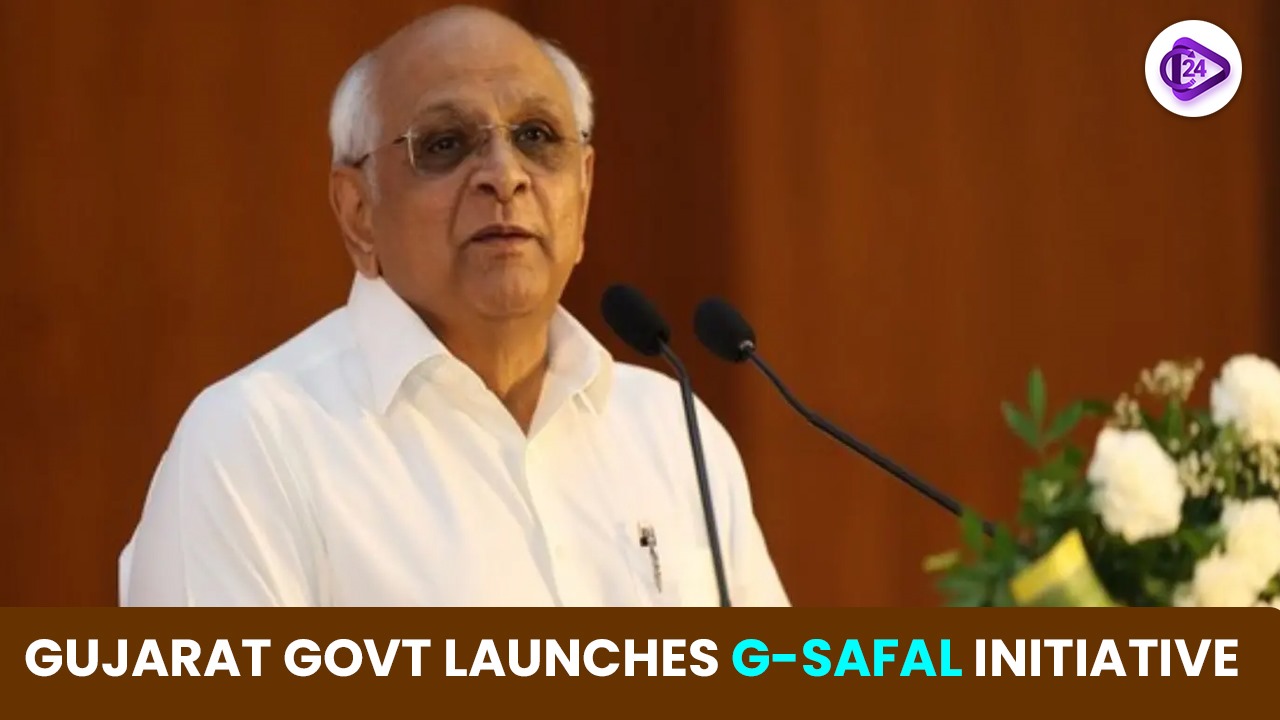 G-SAFAL Initiative Launched by Gujarat Government
G-SAFAL Initiative Launched by Gujarat Government Constitutional Morality: Key to Sustaining Democracy and Reforms
Constitutional Morality: Key to Sustaining Democracy and Reforms SC Bench’s Red Line on Freebies: A Legal and Ethical Debate
SC Bench’s Red Line on Freebies: A Legal and Ethical Debate SWAMIH Fund 2.0: Boosting India's Real Estate Revival
SWAMIH Fund 2.0: Boosting India's Real Estate Revival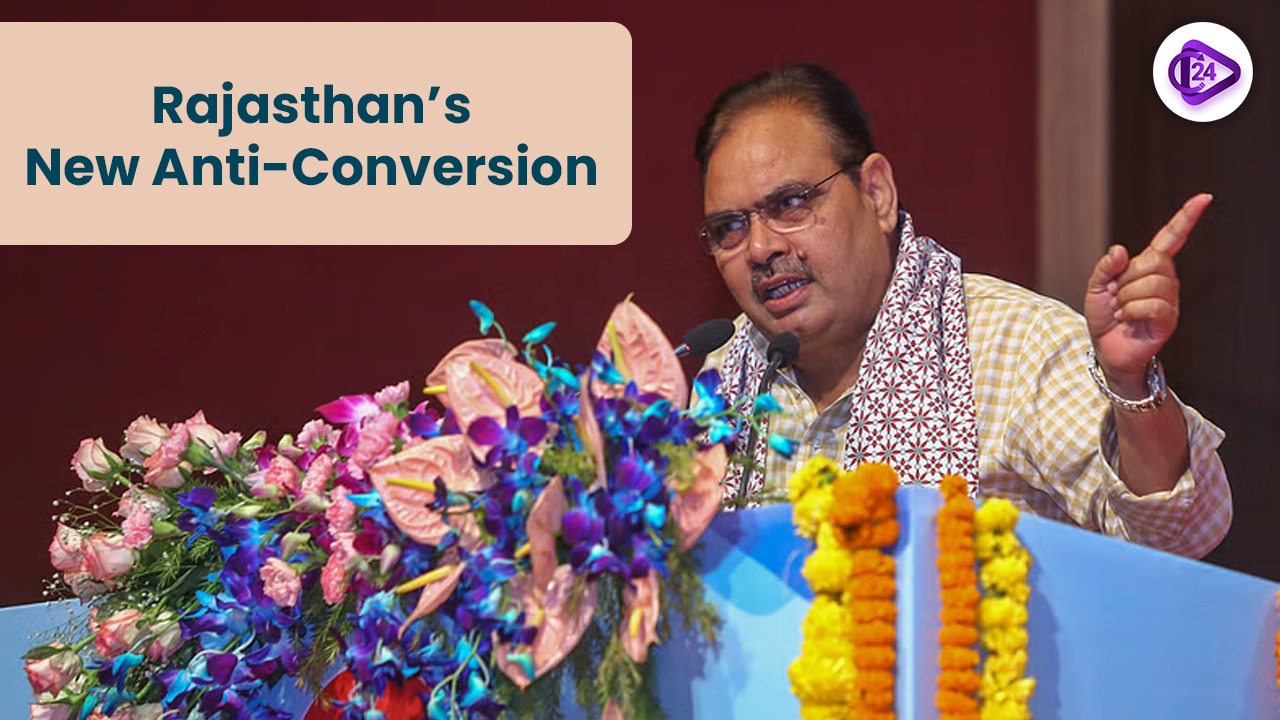 Rajasthan Anti-Conversion Law 2025 Strengthens Religious Safeguards
Rajasthan Anti-Conversion Law 2025 Strengthens Religious Safeguards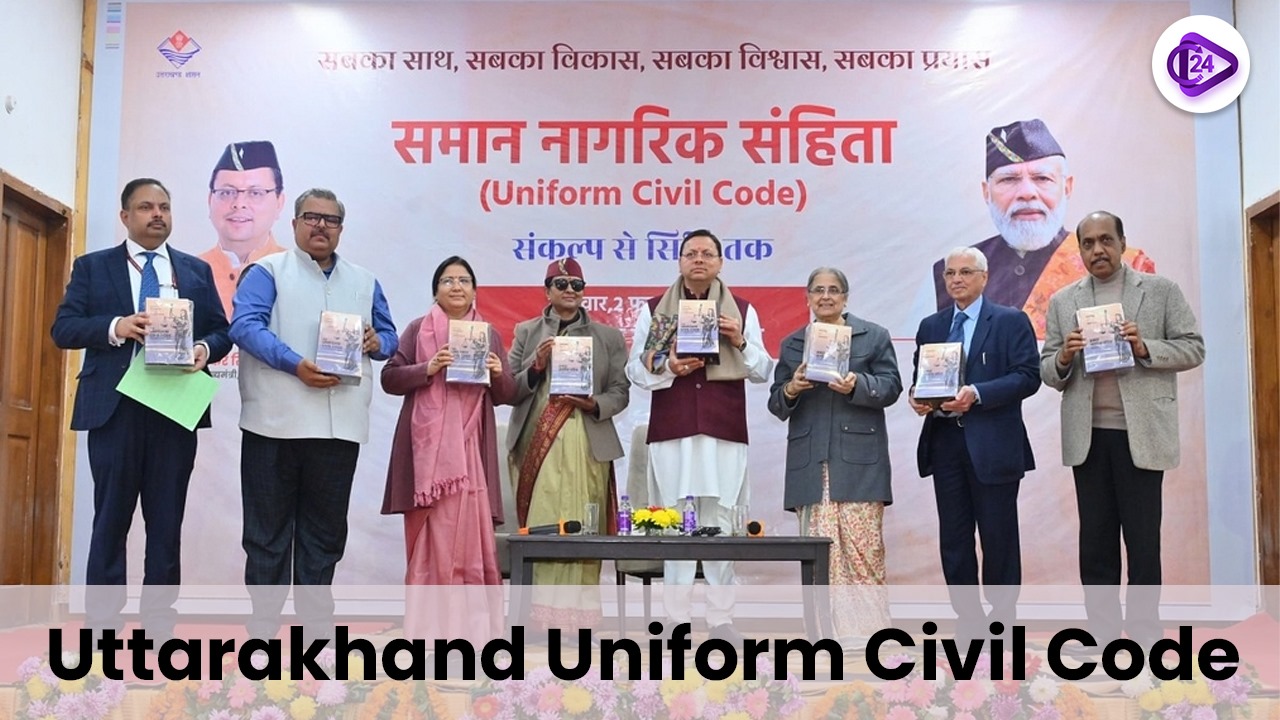 Live-in Relationships Under the UCC Act: Legal Boundaries
Live-in Relationships Under the UCC Act: Legal Boundaries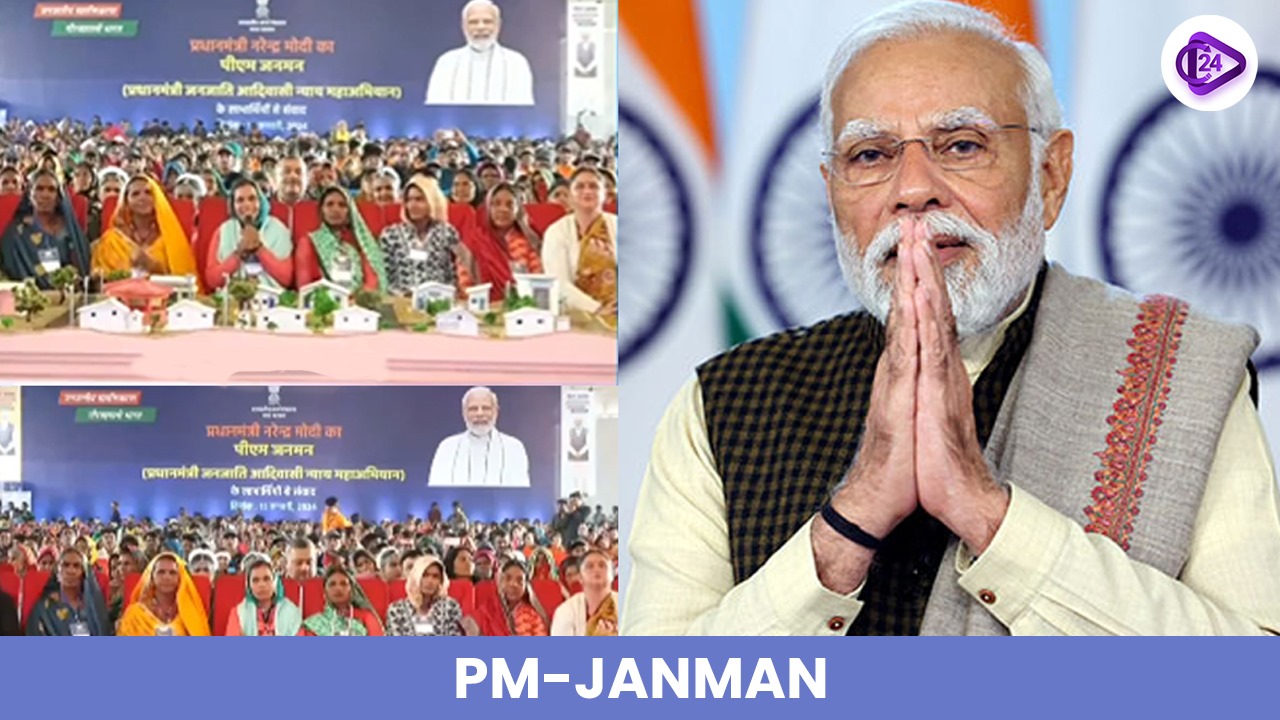 PM-JANMAN projects set to boost growth and prosperity in Maharashtra
PM-JANMAN projects set to boost growth and prosperity in Maharashtra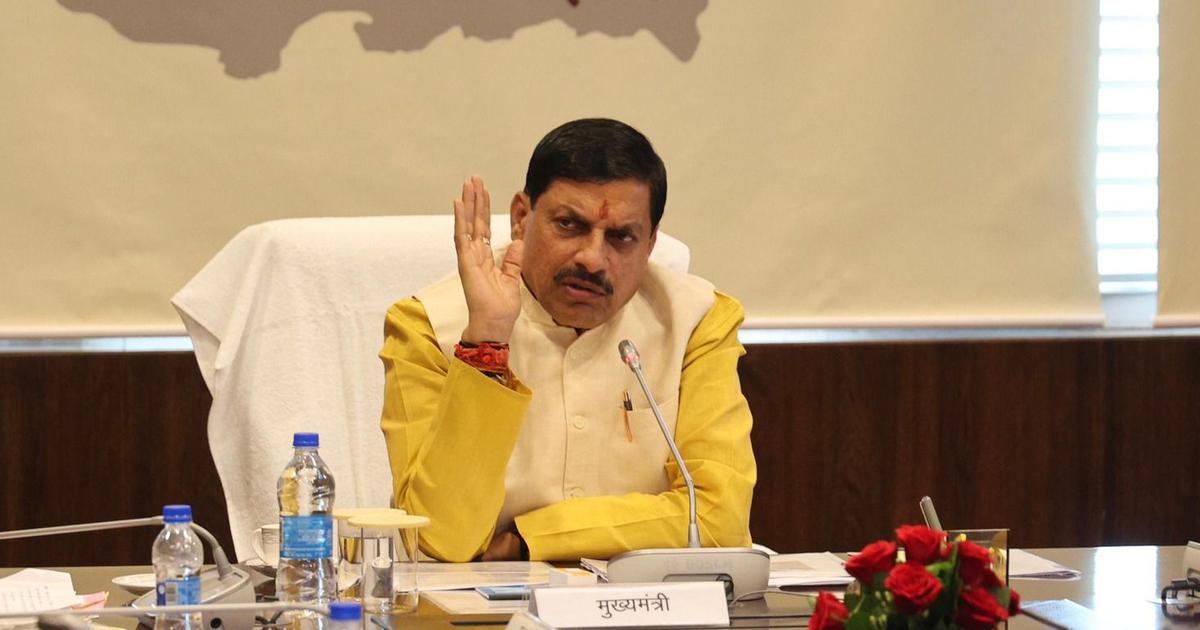 Madhya Pradesh Bans Liquor Sales in Religious Towns
Madhya Pradesh Bans Liquor Sales in Religious Towns






